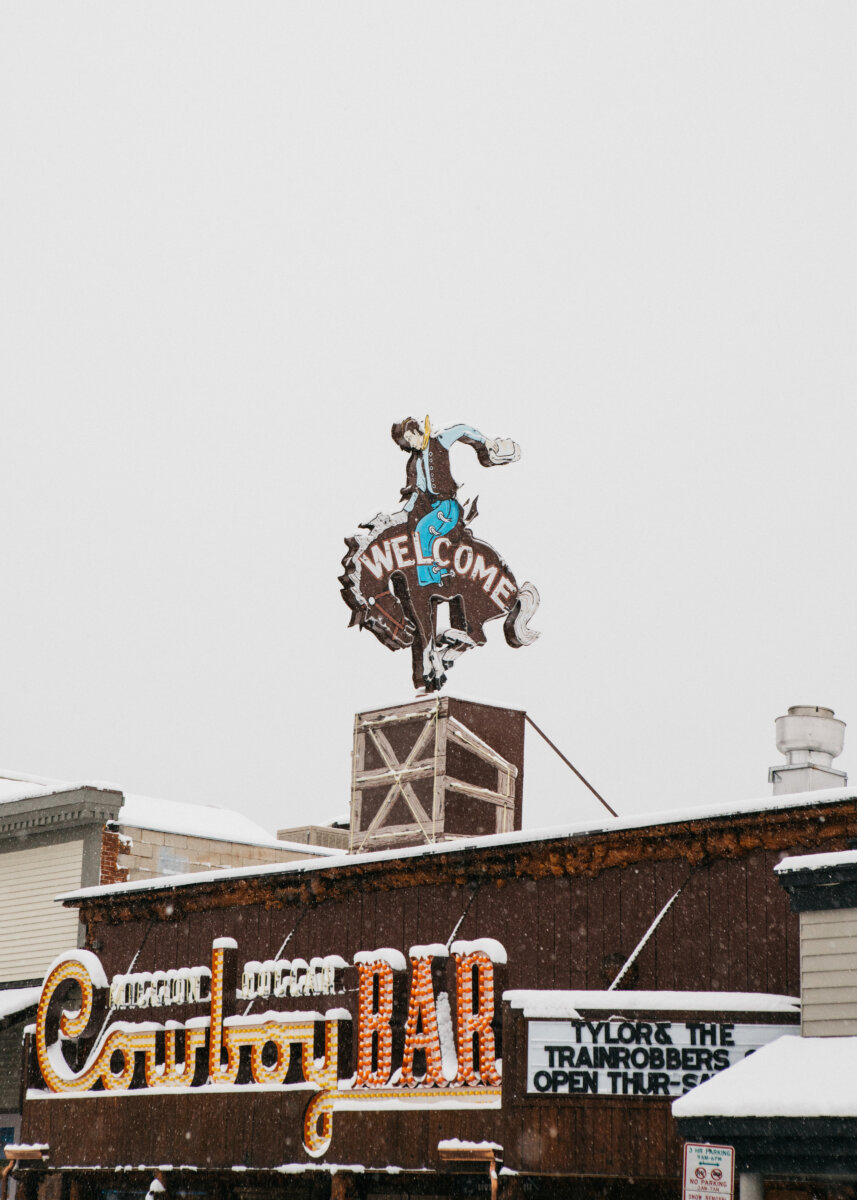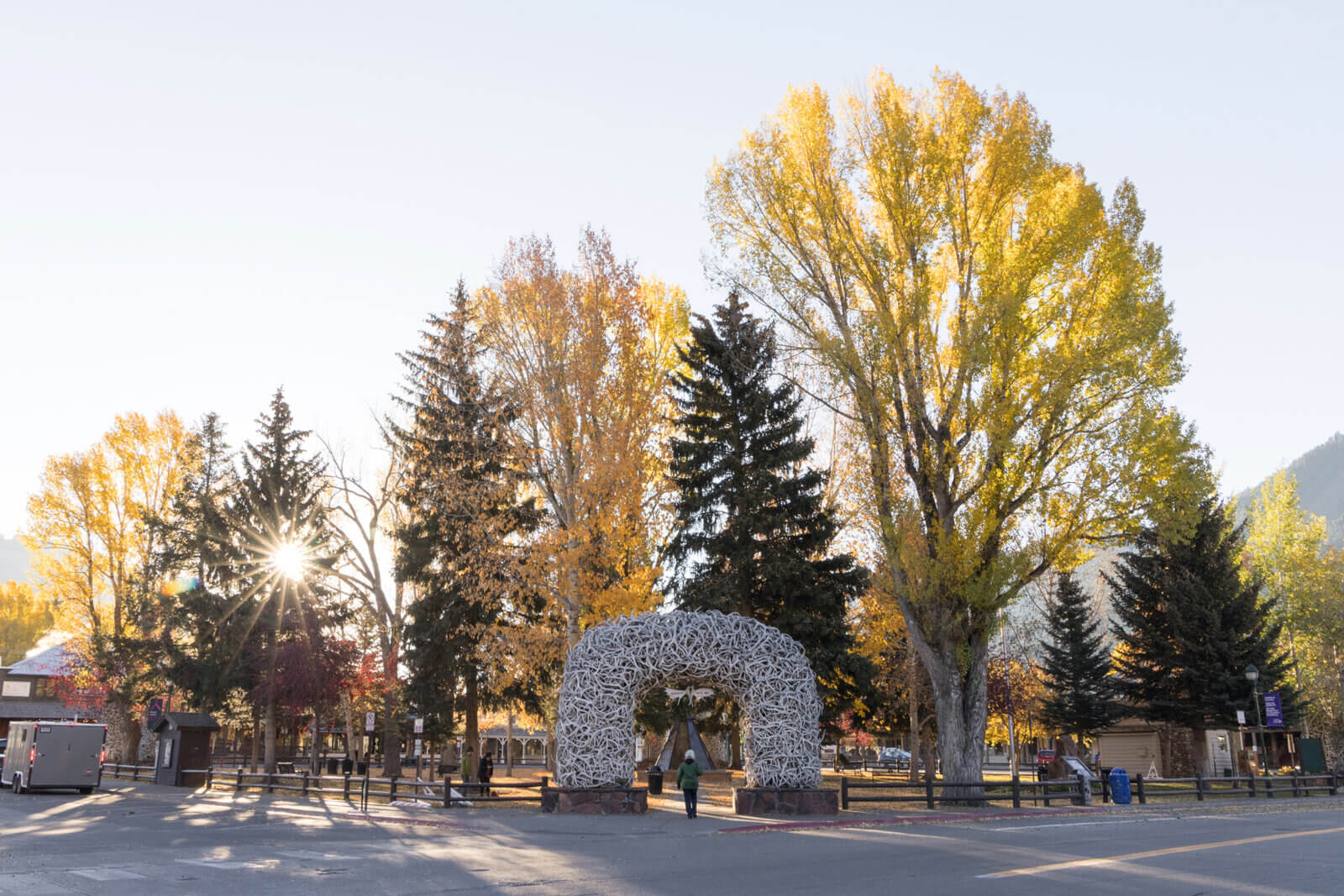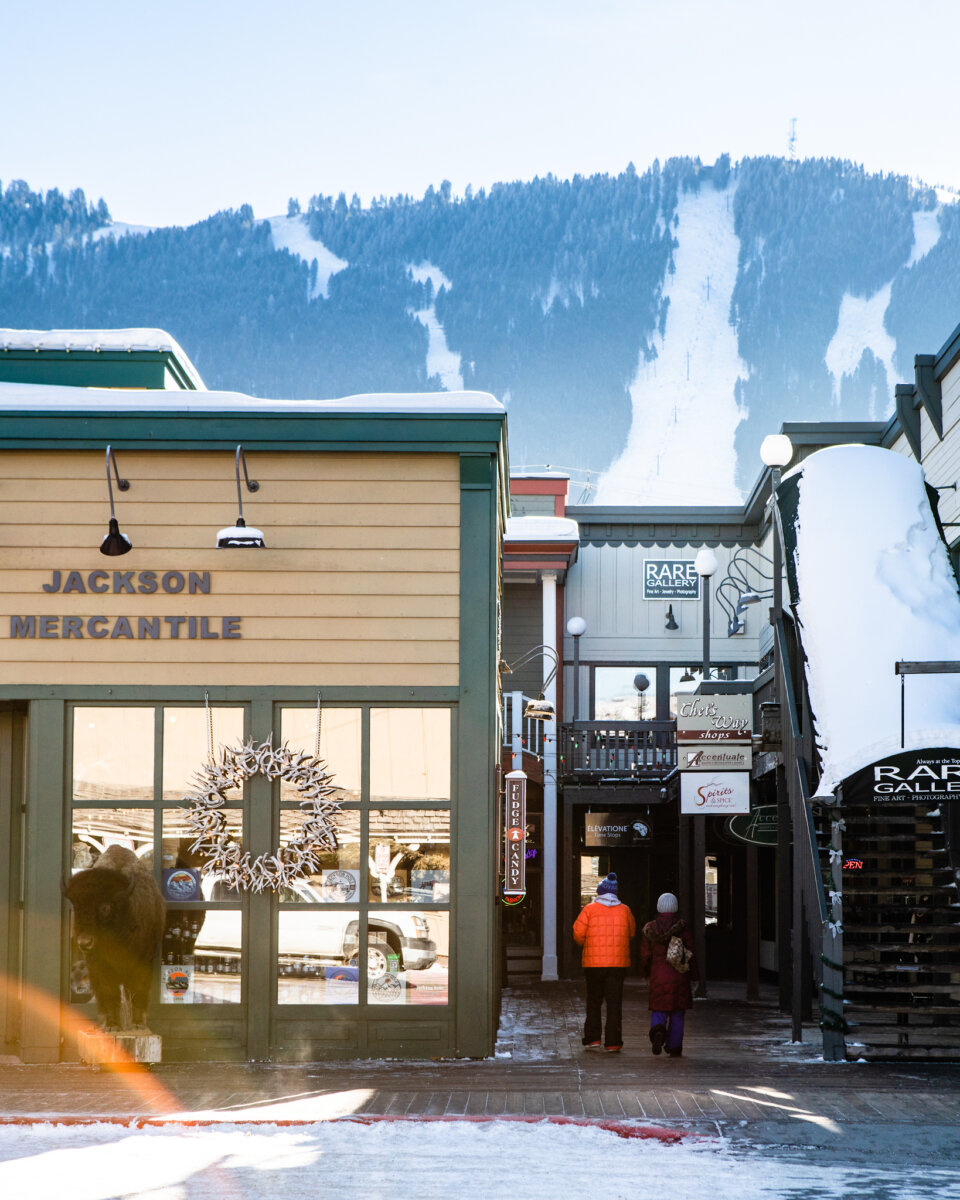Local History
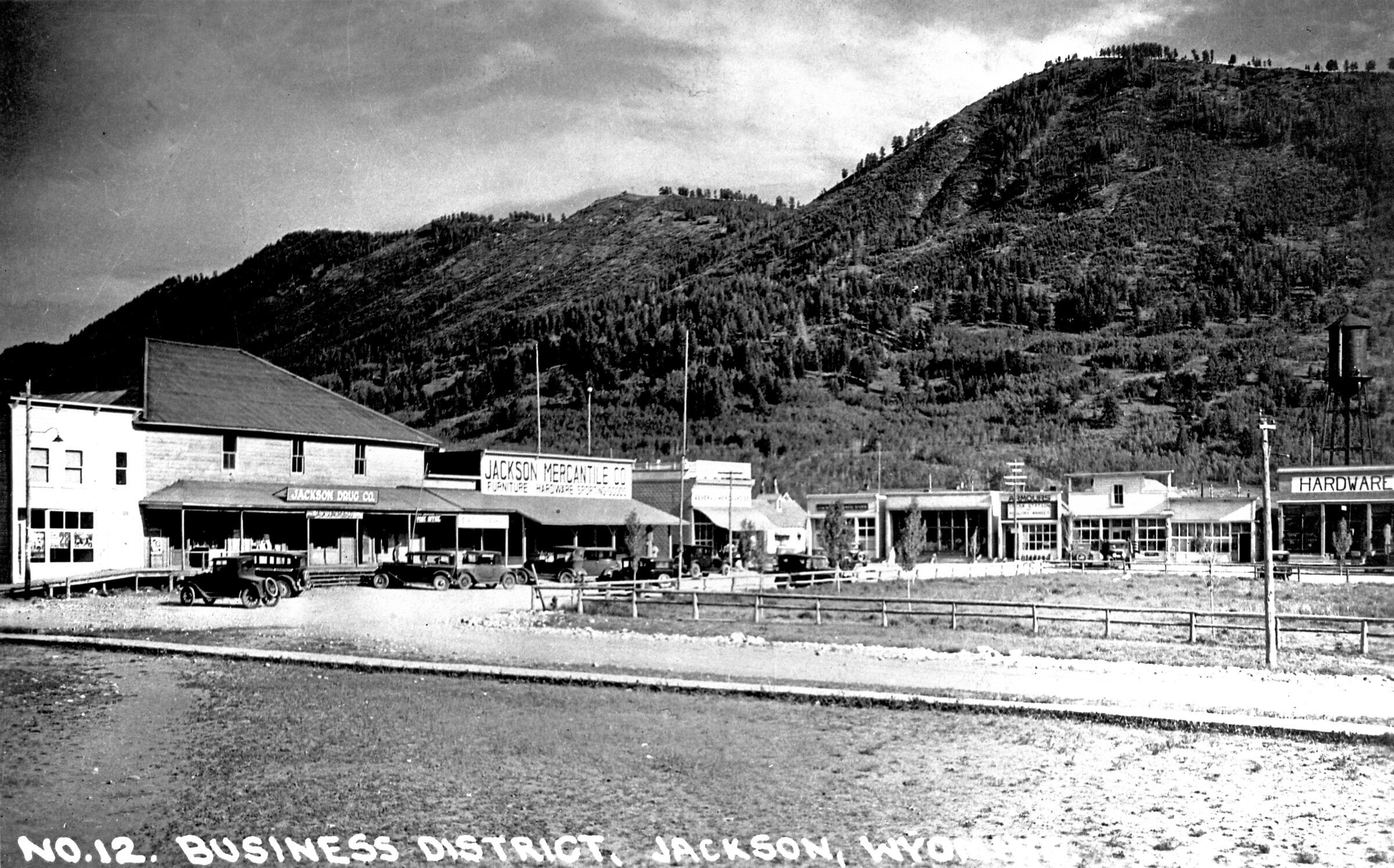 Collection of the Jackson Hole Historical Society and Museum, Accession #BC.0321
Collection of the Jackson Hole Historical Society and Museum, Accession #BC.0321
What made Jackson Hole legendary.
For over a century, our community has been committed to preserving the landscape while enjoying the natural world.
The earliest occupants and environmental stewards of the Greater Yellowstone Ecosystem were the ancestors of contemporary Indigenous Tribal nations. These peoples moved seasonally across the land following wildlife migrations and waterways. Their travel routes, or seasonal rounds, represented knowledge of the land accumulated and passed down for more than 11,000 years. Extended family groups and later Tribal bands traversed mountain and valley routes to harvest wild game, forage plants and medicines, collect tool stone like obsidian, engage in trade networks or warfare, and conduct ceremonies at sacred locations.
We acknowledge that we live and recreate on the ancestral homeland of the Mountain Shoshone people, and wish to recognize the lands of the over 27 bands of Indigenous people who were the earliest occupants and stewards of what is now referred to as the Greater Yellowstone Ecosystem.
Learn MoreWestern Expansion & Settlement
By the early 1800s, Euro-American expeditions, fur trappers, and soldiers traveled through the Yellowstone area. The era of westward expansion led to a collision of cultures, resulting in Tribes being forcibly removed from their homelands and placed on reservations such as Wind River (Eastern Shoshone and Northern Arapaho) and Fort Hall (Northern Shoshone and Bannock) in the 1860s.
Around 1884 the first homesteads were filed in Jackson Hole. Settlers began building homes, farming the land, and raising cattle. The harsh winters forced residents to explore alternative ways of making a living, including tourism. As the saying went, “it was easier to wrangle people than cattle.” The JY Ranch was established in 1908 as the first dude ranch where wealthy Easterners could experience cowboy life. Others soon followed, leading to a boom in dude ranching and auto-tourism in the 20th century.
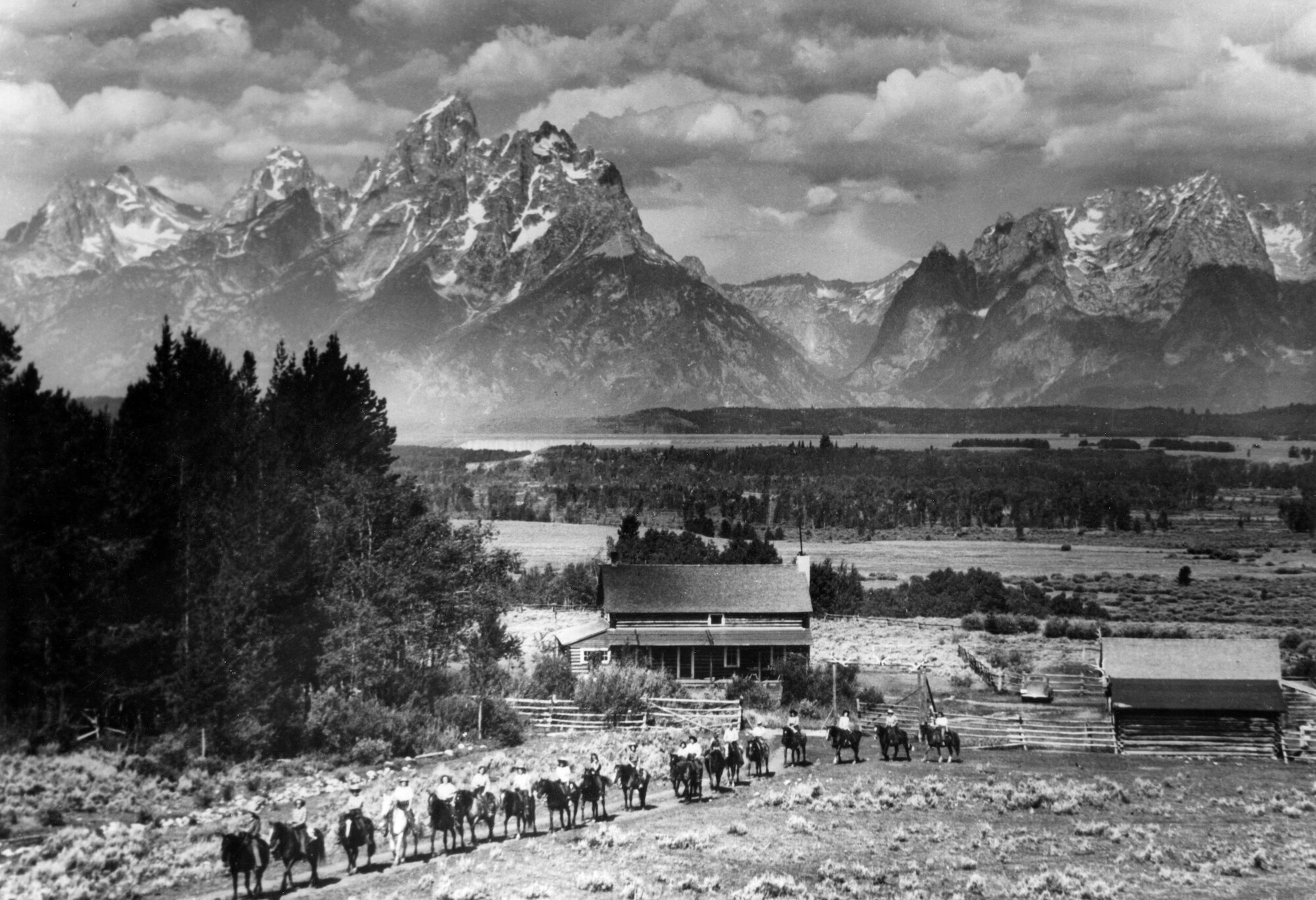
Growth & Conservation
Residents became concerned with long-term growth and commercialization of the region. Conservationists like Struthers Burt, Stephen Leek, and Maud Noble, federal employees like A.A. Anderson and Horace Albright, artists like Thomas Moran, philanthropists like John D. Rockefeller Jr., and naturalists like Olaus and Mardy Murie sought to preserve the natural heritage of Teton County. Their cumulative efforts created a legacy of conservation and resulted in the establishment of Bridger- Teton National Forest, the National Elk Refuge, and Grand Teton National Park.
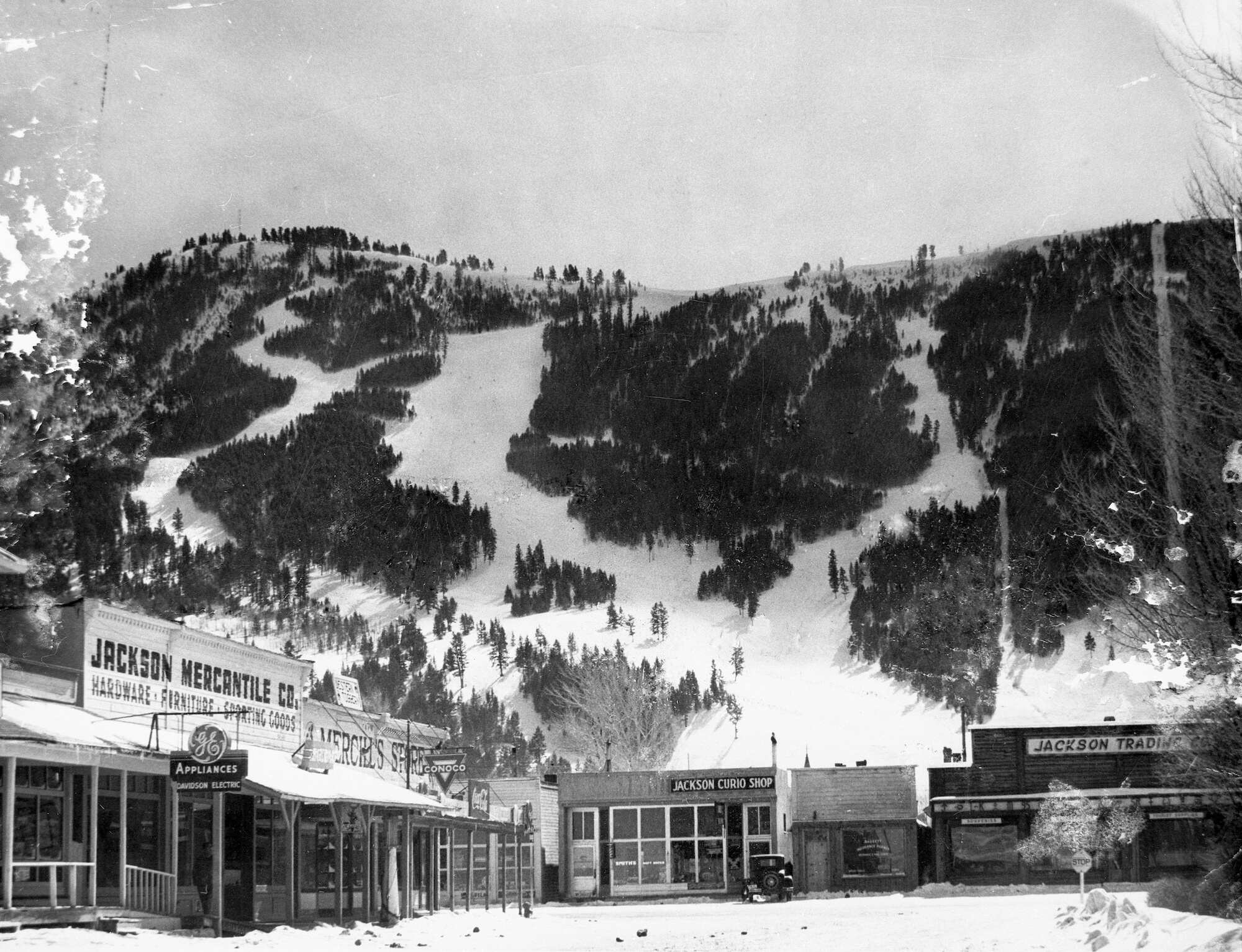
Learn More
For over a century, our community has been committed to preserving the landscape while enjoying the natural world through various recreational pursuits. The relationship between land and people continues to define this place. Learn more about the history of the area at jacksonholehistory.org.
Videos on JH History
-

History of Jackson's Town Square
The Town Square in Jackson, Wyoming is older than the Town of Jackson. It started in 1900 when Maggie Simpson's 40-acre lot filing was approved, and she sold 10 acres of it to Grace Miller. The two began plotting the first business lots in town. The lots formed around an open area that became square-like as the lots sold and businesses were built.
Watch Video -

History of Jackson's Antler Arches
Town Square’s four arches are built entirely from local elk antlers. Each arch is supported by a steel framework and constructed by hand using 14,000 pounds or more than 2,000 antlers each.
Watch Video -

Historic Buildings: Jackson's Clubhouse
The first commercial building built in the town of Jackson still stands today, anchoring the Town Square. Built in 1896, the Clubhouse has hosted every business a growing community needs. Community elections, school, church, dances, movies, and several businesses called this building home over the last 122 years.
Watch Video
Land Acknowledgement
The Greater Yellowstone Ecosystem carries a legacy of Native stewardship and kinship by Indigenous Tribal nations such as the Newe (Shoshone, Bannock, and Paiute peoples), Hinono’ei (Northern Arapaho), Apsáalooke (Crow), Niitsitapi (Blackfeet), A’aninin (Gros Ventre), and Nimi’ipuu (Nez Perce).
The region is intrinsically connected to Shoshone-speaking bands, including the Tukudeka or Doyahinee’ (Sheep Eaters or Mountain Shoshone), Agaideka (Salmon Eaters), Bia Tevadeka (Pine Nut Eaters), and Guchundeka’ or Boho’inee’ (Buffalo Eaters or Sage Grass People).
Like much of the West, this land also holds a legacy of broken treaties and federal policies centered on the forced removal (1830–1860s), assimilation (1887–1930s), termination, and relocation (1945–1961) of Indigenous peoples. Much of Teton County was recognized as Shoshone Territory in the Fort Bridger Treaty of 1863 negotiated by Chief Washakie. This promise was then rescinded five years later in a subsequent 1868 treaty.
Today, well-known landmarks like the Snake River, Togwotee Pass, Absaroka Mountains, and the Shoshone and Targhee national forests bear the names of Tribes and their leaders who recognized this region as their traditional and ancestral homelands, and whose descendants still do.
Because acknowledgements cannot repair the cultural destruction and intergenerational trauma stemming from this era in American history, we ask instead for reconciliation through action. Teton County has a deep cultural heritage and you are one of its most recent stewards.
Take time to learn about the region and the peoples who live and move through these landscapes. If you are able, donate to Indigenous-led organizations, support Native social and environmental initiatives, and invest in the well-being and health of your local community to create an equitable and safe environment for all.
Residing in Teton County is a responsibility. Let’s embrace that responsibility and become more empathetic community members and more reverent caretakers of this land. After all, we belong to this place, and not the other way around.
To learn more about Indigenous Tribal nations connected to the Greater Yellowstone Ecosystem, visit greateryellowstone.org/yellowstonetribalmap.
Source
The Mountain Neighbor Handbook: A Local’s Guide to Stewardship in the Tetons
The 40+ contributors to The Mountain Neighbor Handbook compiled this guide as an introduction and an invitation to environmental stewardship. The creation of the handbook was led by Teton Conservation District, the Jackson Hole Land Trust, Teton County, and the Town of Jackson. Numerous partners contributed to the content on this page, including:
Jackson Hole Historical Society & Museum
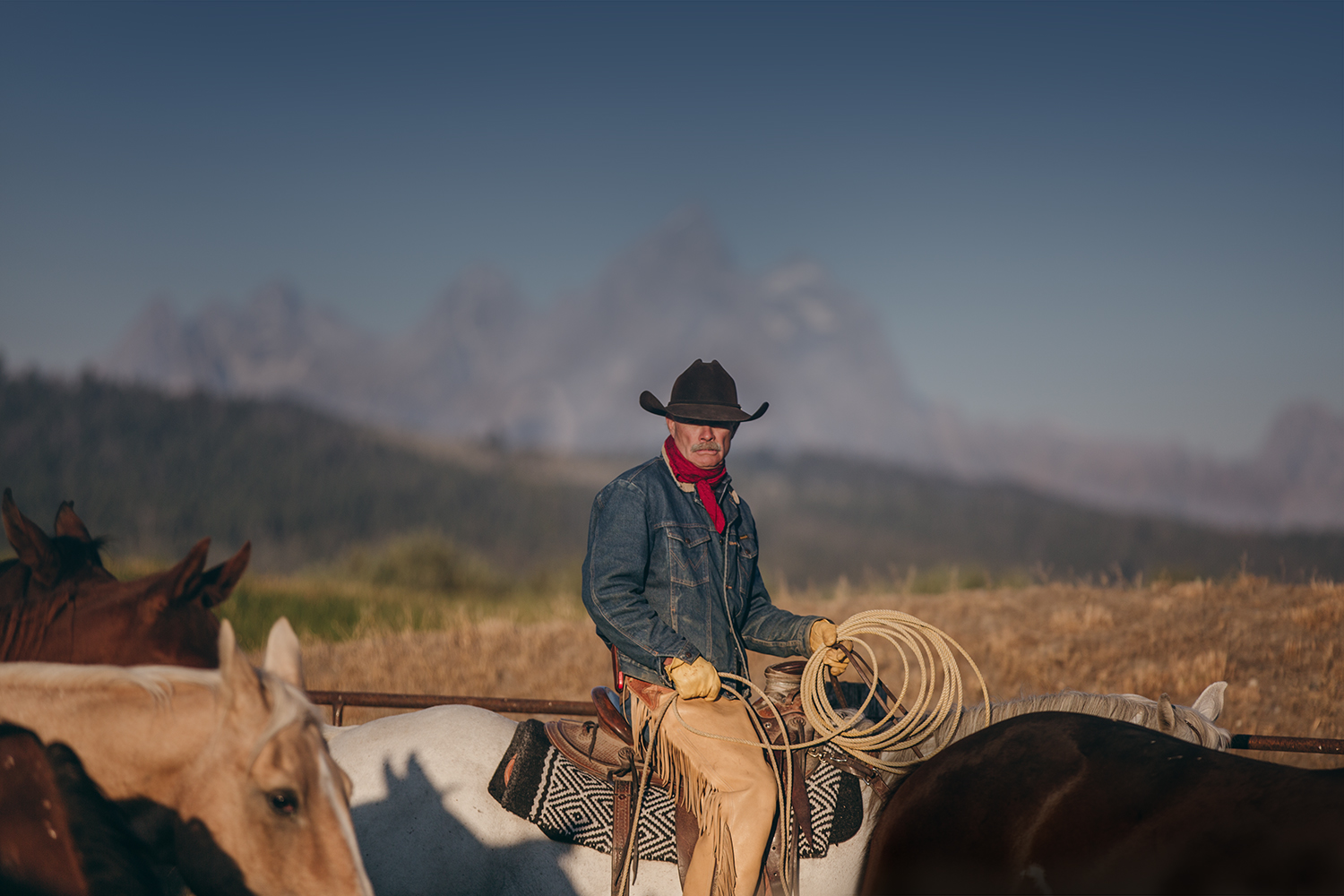
Western Heritage
Here, frontier history and western heritage are woven into the fabric of Jackson Hole. So what most people call the Old West we call everyday life.
Explore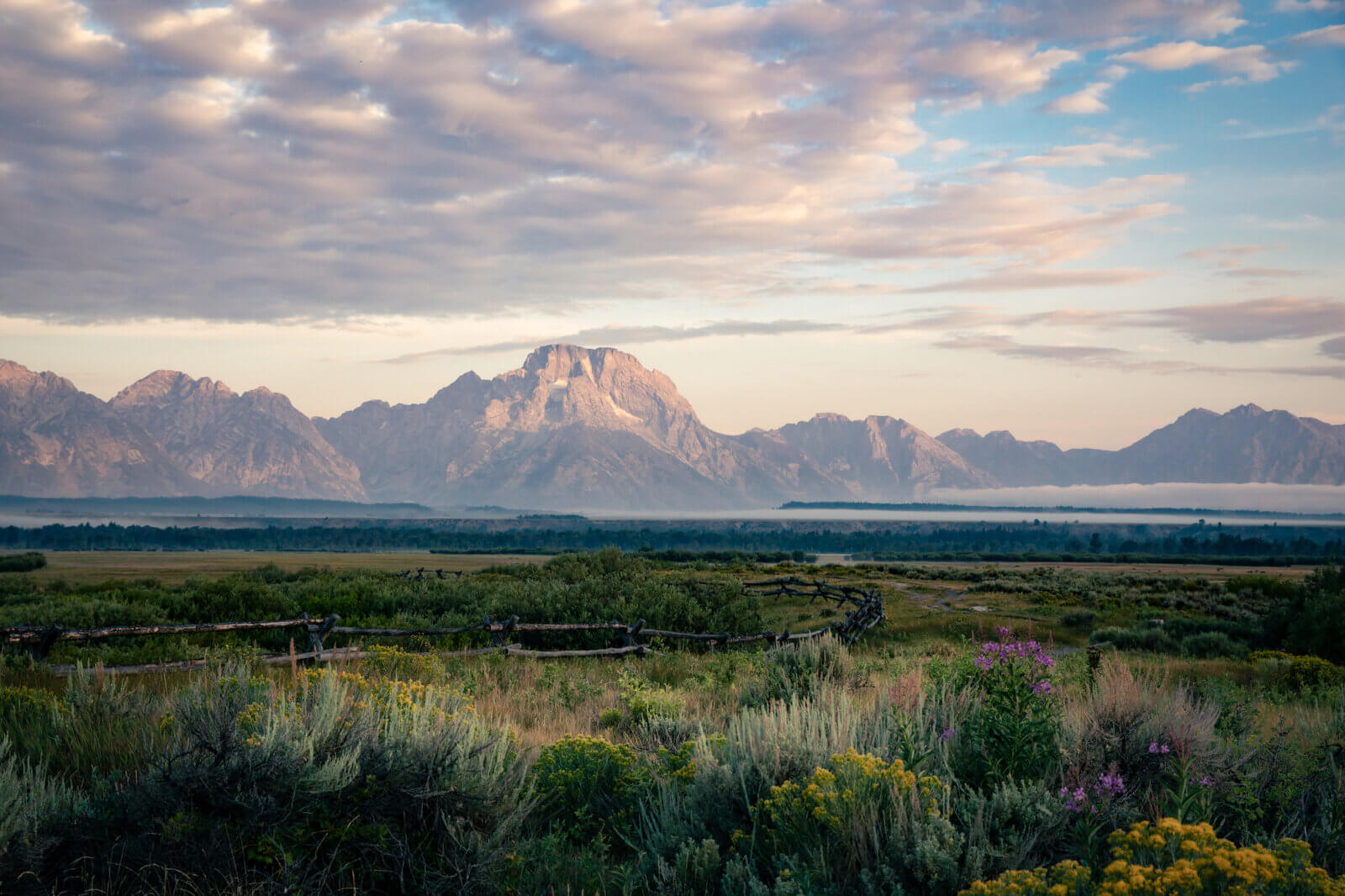
Stewardship
Teton County's longstanding tradition of conservation starts with being home to the first national park in the world (Yellowstone), and the establishment of national forests, the National Elk Refuge, Grand Teton National Park, and Wild & Scenic River designation for the Snake River. But it doesn't end there.
Explore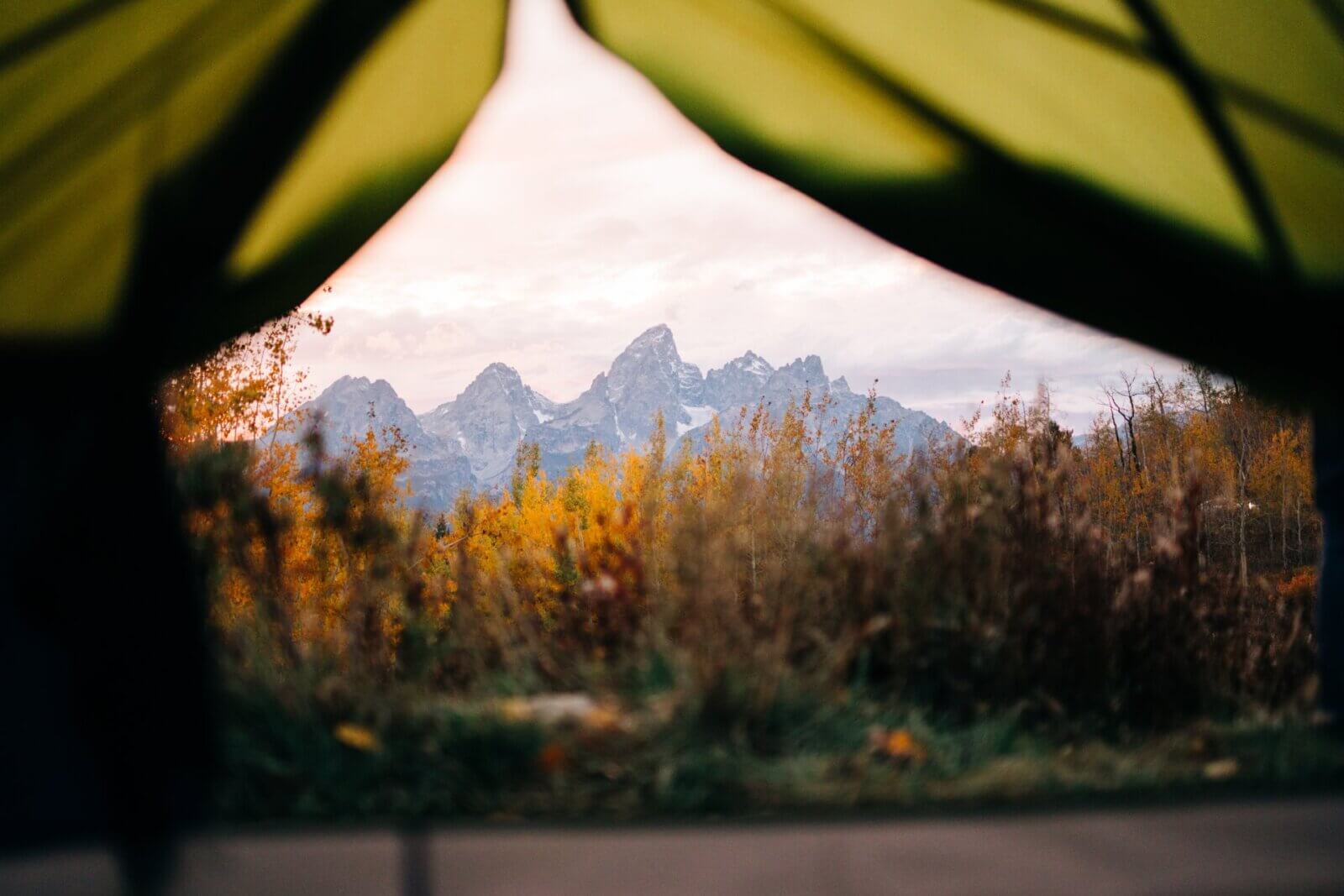
Responsible Recreation
Wild places deserve our respect and care. Recreating responsibly goes beyond sharing the trail and following the rules — it begins with a reverence for this place and a commitment to keeping it intact for future generations. While you're here, remember to Keep Jackson Wild.
Explore